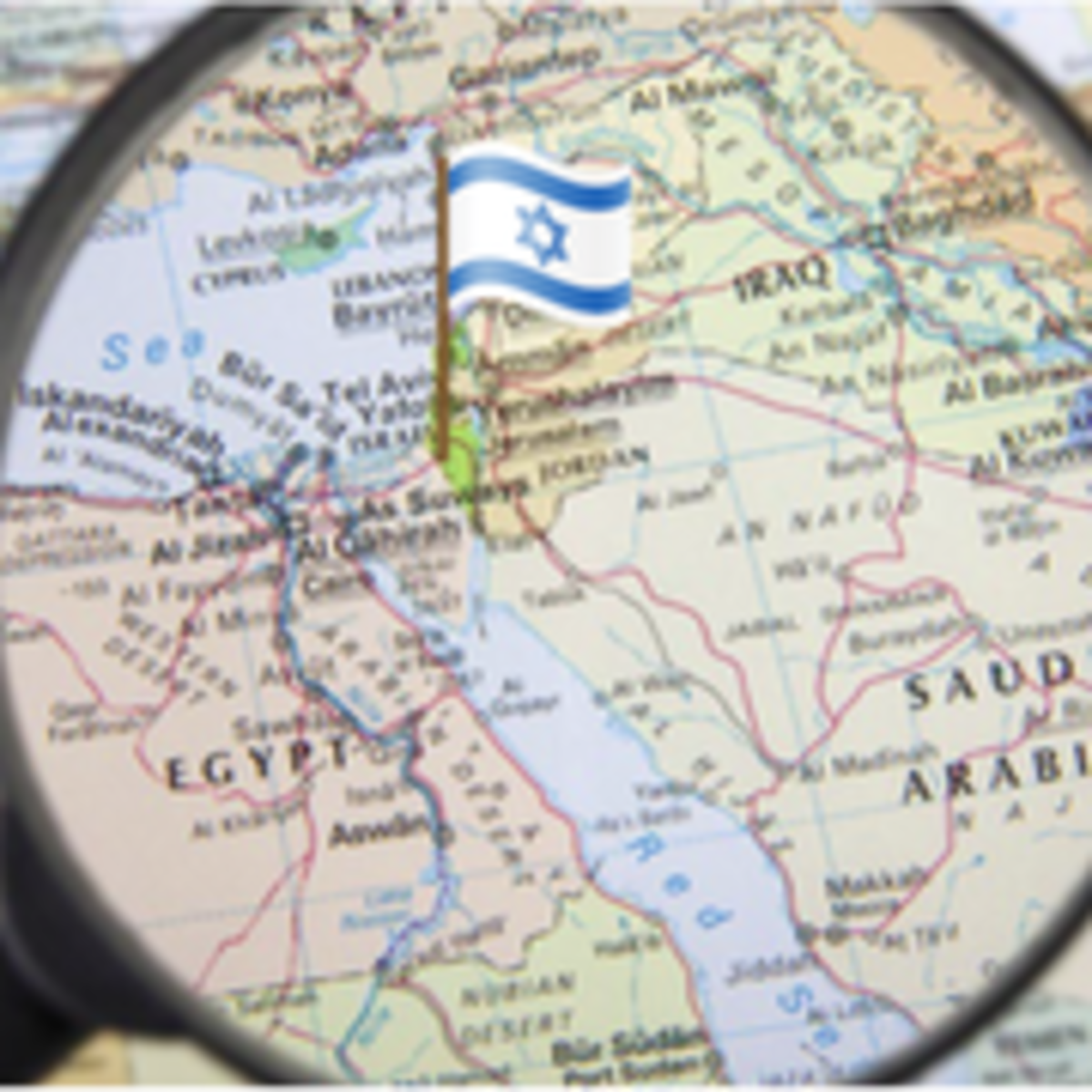Back to Courses









Arts And Humanities Courses - Page 39
Showing results 381-390 of 464

Intellectual Humility: Theory
Faced with difficult questions people often tend to dismiss and marginalize dissent. Political and moral disagreements can be incredibly polarizing, and sometimes even dangerous. And whether it’s Christian fundamentalism, Islamic extremism, or militant atheism, religious dialogue remains tinted by arrogance, dogma, and ignorance. The world needs more people who are sensitive to reasons both for and against their beliefs, and are willing to consider the possibility that their political, religious and moral beliefs might be mistaken. The world needs more intellectual humility.
But what is intellectual humility, anyway? And why do people seem so drawn toward intellectual arrogance? Psychologists, philosophers, theologians, and educationalists are now suggesting some answers.
In this course we try to define intellectual humility and intellectual virtues in general, and ask how we know who is humble. All lectures are delivered by leading specialists, and the course is organised around a number of interesting readings and practical assignments which will help you address issues related to humility in your daily life.
This course is a part of a series which explores the theory, the science and the applied issues surrounding intellectual humility (the latter two coming in June and November 2017). Completing all three courses will give you a broader understanding of this fascinating topic. Look for:
• Intellectual Humility: Science - https://www.coursera.org/learn/intellectual-humility-science
• Intellectual Humility: Practice - https://www.coursera.org/learn/intellectual-humility-practice
You can also follow us on twitter: @EdiPhilOnline and #IHMOOC

Agent-based Generative Art | NetLogo
"Generative art refers to any art practice where the artist creates a process, such as a computer program, which is then set into motion with some degree of autonomy contributing to or resulting in a completed work of art." - Wikipedia
In this guided project you will develop an agent-based computer program capable of generating visual art pieces. By doing so you will be introduced to the basics of ABM and NetLogo. Furthermore, at the end of this journey you will be able to share such pieces with the world.

The History of Modern Israel - Part II: Challenges of Israel as a sovereign state
This course deals with the Israeli politics, economy, society and culture, since its creation in 1948 till today. It analyzes the construction of the Israeli historical narrative as an identity-building narrative, intending to inculcate a collective memory to a diverse society. We will focus on key events and essential components that shaped the Israeli society from the fifties till the present. We will also discuss the changes that the Israeli society experiences in its almost seventy years of existence and how it affects its politics and culture. Among the topics we will discuss issues such as immigration, economic transformation, political upheaval, religious Zionism and post-Zionism, privatization and Americanization, Holocaust increasing role in shaping Israel's identity, diversity and multiculturalism, as well as the enduring conflict with the Palestinians and the Arab world.
This course is a direct extension of the first part "The History of Modern Israel: From an Idea to a State", so if you have not yet taken it, we highly recommend you start your learning from there (https://www.coursera.org/learn/history-israel/).
In order to receive academic credit for this course you must successfully pass the academic exam on campus. For information on how to register for the academic exam – https://tauonline.tau.ac.il/registration
Additionally, you can apply to certain degrees using the grades you received on the courses. Read more on this here –
https://go.tau.ac.il/b.a/mooc-acceptance
Teachers interested in teaching this course in their class rooms are invited to explore our Academic High school program here – https://tauonline.tau.ac.il/online-highschool
* This course is a joint effort of Tel Aviv University & Israel Institute (www.israelinstitute.org)
* This course uses media material from various archives, courtesy to Yad Vashem Archive for their help.
* This course is self-paced. Once you register, you can participate in the course anytime, as often as you wish and over any stretch of time

The Changing Status and Perception of Animals
In this course, we explore how mainstream understandings of animals and human-animal relationships have changed in recent years. Module 1 focuses on the roles of animals in human physical health and psychological well being. Module 2 explores animal selfhood, particularly in light of their inability to use spoken language. Finally, Module 3 examines some of the collective efforts undertaken when the treatment or use of animals comes to be seen as inhumane, immoral, and worthy of ameliorative social action.
Transmedia Storytelling: Narrative worlds, emerging technologies, and global audiences
Transmedia storytelling is the practice of designing, sharing, and participating in a cohesive story experience across multiple traditional and digital delivery platforms - for entertainment, advertising and marketing, or social change.
Have you ever read a book, seen a movie, watched a television show, or played a game that centred around different aspects of a larger story or universe? You may be familiar with popular examples of such universes like Star Wars, Marvel, and The Walking Dead (to name a few).
How do the professionals develop such expansive narratives? How do they ensure that each element stays true to the original story? How do they innovatively use different technologies to share the stories, grow audiences and create an active and involved community of fans?
More and more, we are also engaging with elements or franchises of larger and more complex stories across a much more diverse range of platforms like interactive web experiences, social media communities, mobile devices, theme parks, and even augmented and virtual reality. A major challenge that current and future storytellers face is being able to engage different audiences in a story that is seamlessly told across all of these different platforms.
WHAT WILL I LEARN?
This course will help you to design a strategy for developing and telling your own transmedia story. You will learn about what it takes to:
• Shape your ideas into compelling and well structured narratives and complex story worlds
• Identify, understand, and engage different audiences in your stories
• Create cohesive user experiences across different platforms
• Evaluate existing and emerging technologies to share your story with the world, and help your audience participate in the larger storyworld you create
The course provides you with a unique, authentic, and industry relevant learning opportunity. You will have access to current theory, industry examples and advice and undertake learning activities that will equip you with the tools you need to start developing your own ideas.
WHO WILL MY INSTRUCTORS BE?
You will learn effective transmedia design strategies from leading UNSW Australia Art & Design academics. You will also examine case studies that demonstrate how amazing ideas, technology and audience contributions can be brought together to create dynamic storyworlds. You'll see examples of major, successful transmedia storytelling projects involving movies, digital entertainment, gaming, virtual reality and more. In collaboration with our industry partner X Media Lab, the course will give you inside access to the personal stories, insight and advice of the following innovative transmedia storytelling professionals from Hollywood USA, Canada and Australia.
• Susan Bonds, 42 Entertainment, Los Angeles, USA
• Flint Dille, Screenwriter, Game Designer and Novelist, Los Angeles, USA
• Cindi Drennan, Illuminart, Australia
• Tom Ellard, UNSW Art & Design, Sydney, Australia
• Catherine Fargher, Dr Egg Digital, Sydney, Australia
• Hal Hefner, 3AM Creative, USA
• Brian Seth Hurst, StoryTech, Los Angeles, USA
• Henry Jenkins, School for Communication and Journalism, University of Southern California, USA
• Mikey Leung, Digital Storytellers, Sydney, Australia
• Alex Lieu, 42 Entertainment, Los Angeles, USA
• Geoffrey Long, Annenberg Innovation Lab, University of Southern California, USA
• John McGhee, UNSW Art & Design, Sydney, Australia
• Joseph Narai, Transmedia Entertainment, Sydney, Australia
• Jeff Nicholas, The Uprising Creative, Los Angeles, USA
• Sergio Paez, Graphic Artist working in animation, TV, video games, and film. Co Founder, StoryboardArt, California, USA
• Steve Peters, No Mimes Media, Los Angeles, USA
• Stuart Samuels, Stuart Samuels Productions, Toronto, Canada
• Charles Santoso, Concept Artist, Sydney, Australia
• Seth Shapiro, New Amsterdam Media, Los Angeles, USA
• Scott Snibbe, Eyegroove, San Francisco, USA
• Tracey Taylor, The Pulse, Sydney, Australia
• Robert Tercek, Public Speaker, Digital Media Strategist, and Executive Leader for Creative Ventures and Business Innovation, • University of Southern California, USA
• Kevin Williams, Founder & Director of KWP Ltd and DNA Association, UK
• Brent Young, Super 78, Los Angeles, USA
• Maya Zuckerman, Transmedia SF, San Francisco, USA
COURSE CONTENT DEVELOPMENT
Karin Watson, Iman Irannejad, and Dr. Simon McIntyre.

The Emergence of the Modern Middle East - Part I
This course will review the emergence of the modern Middle East from the fall of the Ottoman Empire, at the end of the First World War to the present. We will discuss the Ottoman legacy in the region and the Western imperial impact on the creation of the Arab state system. The course will review the rise and retreat of Arab nationalism, the problems of internal cohesion of the Arab states, issues of religion and state, and the evolution of Islamist politics. We will also focus on the evolution of the Arab-Israeli conflict and its impact on the region and will conclude with an in depth analysis of the “Arab Spring” by placing these contemporary revolutionary events in their historical context.
Please note that there is a second part to this course which is a direct extension of this part. We highly recommend to continue to the second part after you finish this one (https://www.coursera.org/learn/modern-middle-east-2/home/info).
This course will temporarily close for enrollment from March 1st, 2022 to August 31st, 2022. During this time, the course will be closed for new enrolments. All of the course materials will continue to be able available to previously enrolled learners; however, the course staff will not provide support in the Discussion Forums during this period.
Best,
The Tel Aviv University Team

Building Your Career in Music: Developing A Brand and Funding Your Music
This course shares practical tips and strategies to help you take your first step into launching your career as a musical artist. We’ll cover everything from developing your unique identity as an artist and how to lead a band all the way to planning and recording your first independent record with the help of crowdfunding.
The course curriculum is modeled from the real-world experience of Leah Waldo (also known as the emerging country artist, Elisa Smith) and features interviews with industry executives, artists, producers, and engineers — all designed to help you navigate the music industry.

Basic Elements of Design: Design Principles and Software Overview
Designing for an organization, while requiring technical skill, is not just about knowing how to use a pagination program such as InDesign or manipulate photos using Photoshop. A designer is a visual storyteller, a person who pairs words with images and typography to best convey information to an audience. Good design evokes emotion and presents the news of the day with clarity and the proper tone. A business card, brochure, or website that has good design provides content that is more inviting, more easily comprehensible and is faster to process. Design isn’t about “making it look pretty,” it’s also about content, layout and audience analysis.

Roman Art and Archaeology
The objective of this course is to provide an overview of the culture of ancient Rome beginning about 1000 BCE and ending with the so-called "Fall of Rome". We will look at some of the key people who played a role in Rome, from the time of the kings through the Roman Republic and the Roman Empire. We will also focus on the city of Rome itself, as well as Rome's expansion through Italy, the Mediterranean, and beyond.

Introduction to Adobe Photoshop Tools - Volume 1
In any task a person can undertake, it’s important to have the right toolset available to you. A hammer for driving nails, a drill perhaps, or a screw gun for attaching screws and other fasteners. The same is true in the art world.
That said when being introduced to a new program, it can be a bit daunting. Especially with software that has a dizzying array of tools like most Adobe products. In this project, you’ll have the opportunity to become familiar with five of the tools, and some other associated tools and overlays.
By the end of this project, you will have developed a familiarity with five critical tools used in almost every Adobe Photoshop project.
Popular Internships and Jobs by Categories
Find Jobs & Internships
Browse
© 2024 BoostGrad | All rights reserved